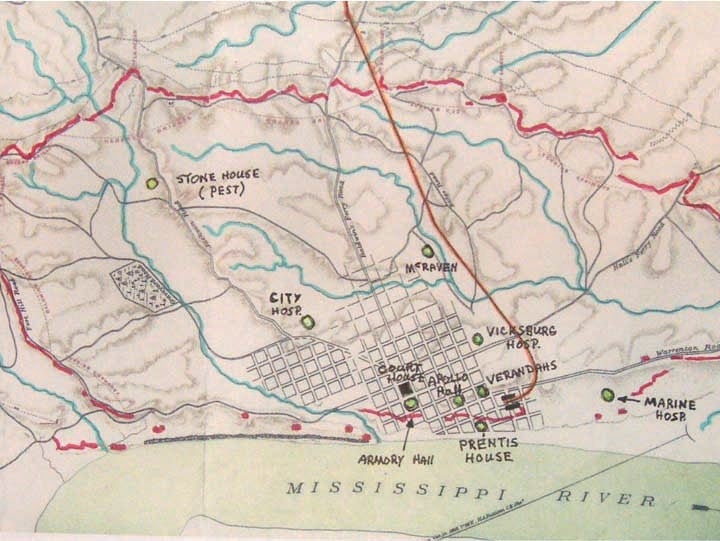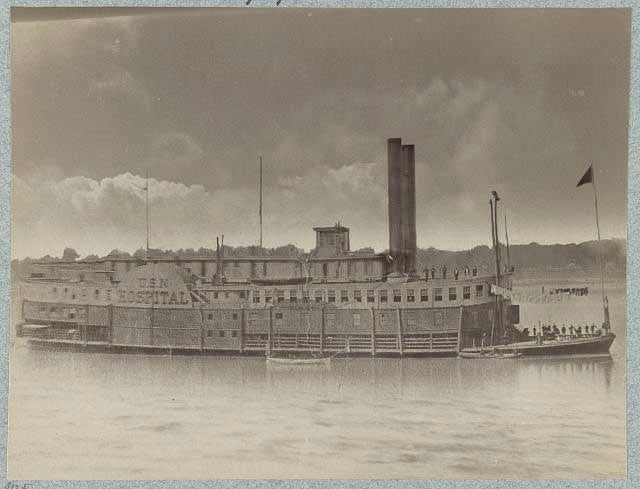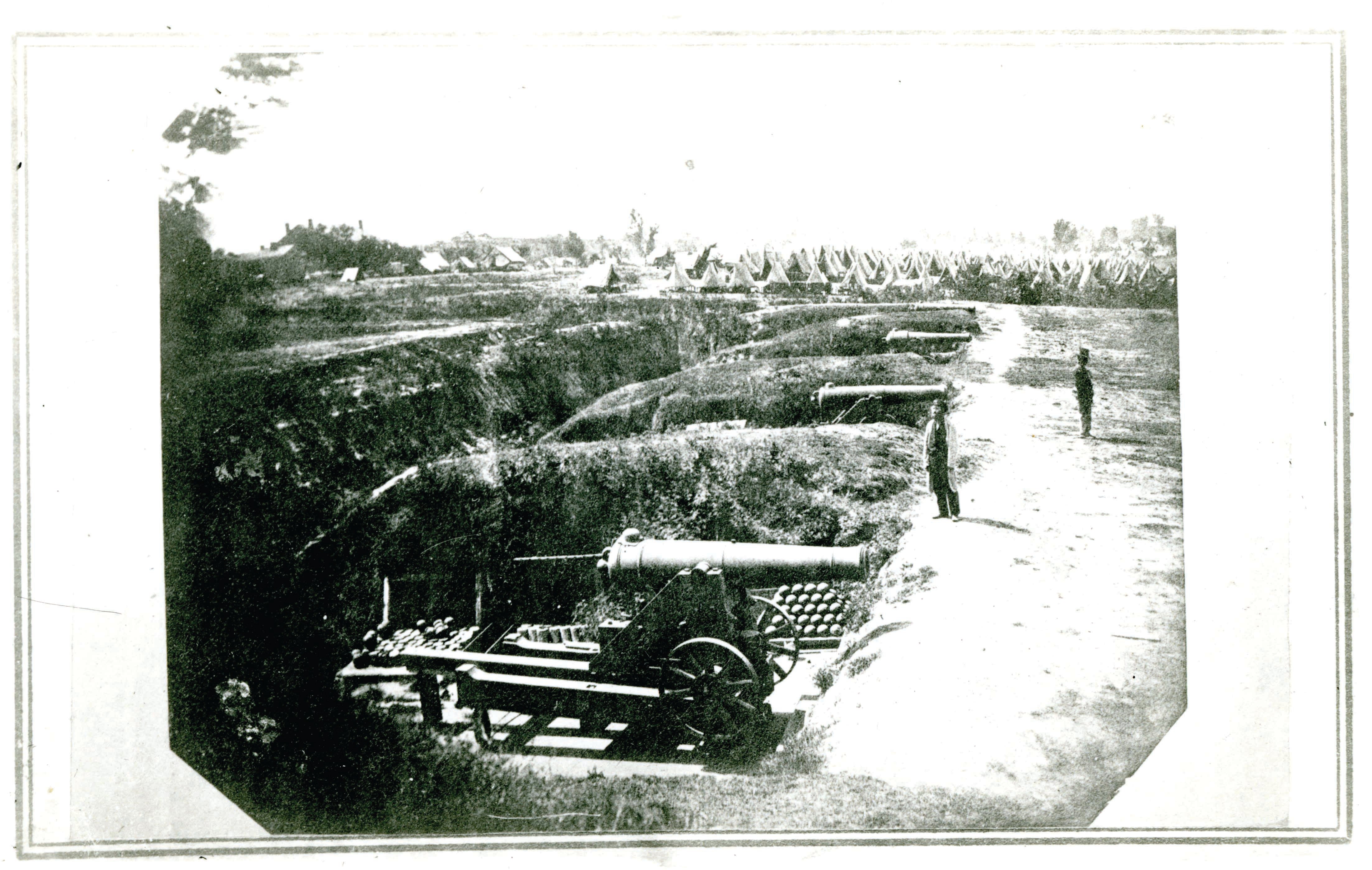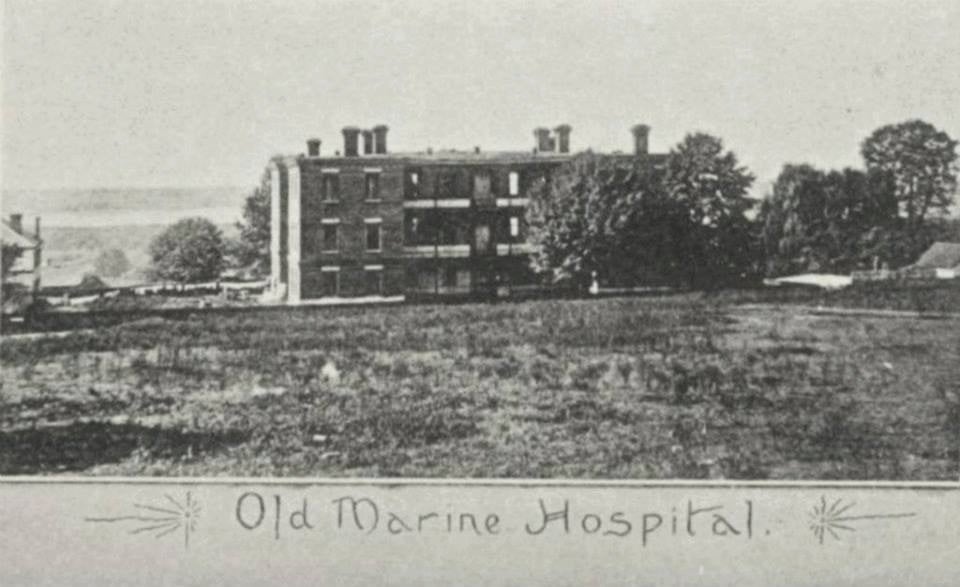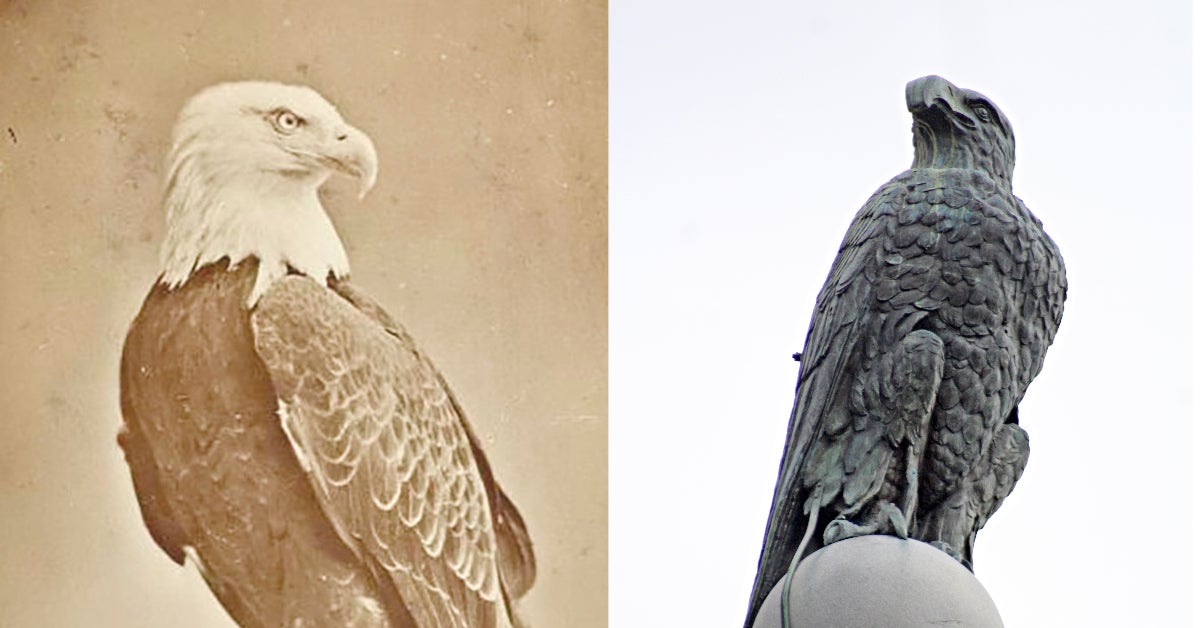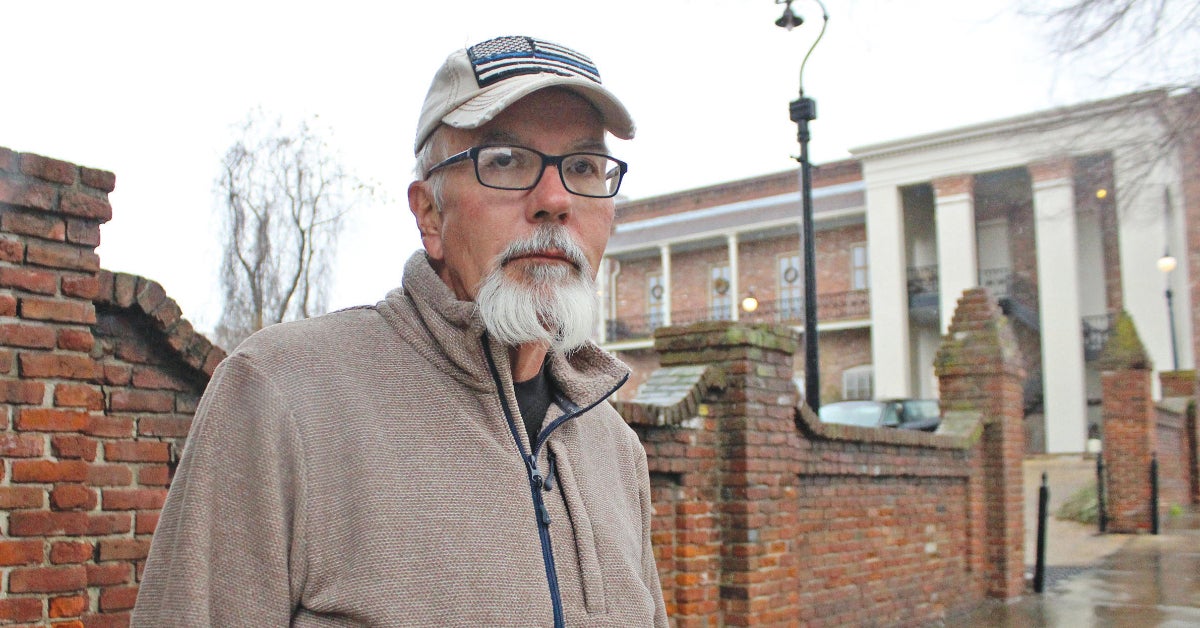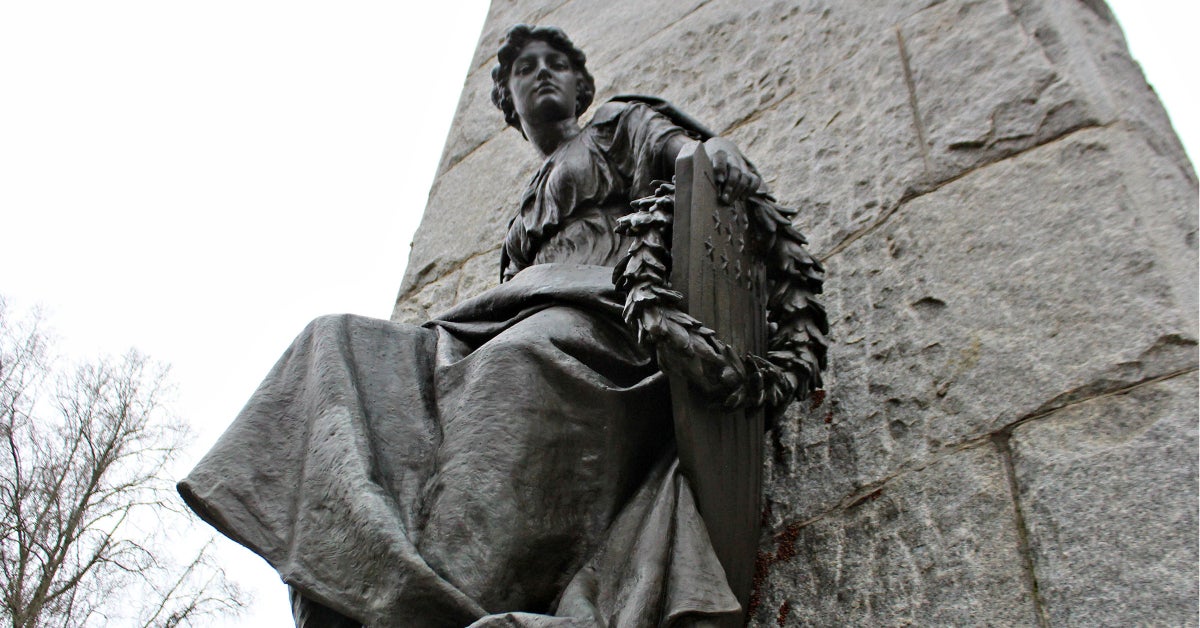SAFE HAVENS: Siege-era Vicksburg was a city of hospitals
Published 9:38 am Saturday, February 25, 2023
At one point during the siege, Vicksburg was a city of hospitals — and the locations of those hospitals might be surprising.
“During the siege, public buildings and later private residences were used to treat the wounded,” said Terry Winschel, retired Vicksburg National Military Park historian.
But in the 30 years before Gen. Ulysses Grant laid siege to the city, Vicksburg had already gone through two hospitals. The first, said Nancy Bell, executive director of the Vicksburg Foundation for Historic Preservation, was a house acquired by the city in 1832. Records did not give the location of the building, she said, saying only it was located “back of town,” outside the city limits.
When the building burned down in the 1840s, the city acquired a building in 1847 known as the Reading House on what is now the former Kuhn Hospital property for $1,200 to serve as the new hospital.
The hospital served the needs of the city until April 1862, when the Confederate Army began shipping its wounded from the Battle of Shiloh in Tennessee to Vicksburg for treatment and recovery.
“Hospitals served wounded from Shiloh and there were some hospitals besides the city hospital in the city,” said local historian Tommy Presson. “One was Cox hospital near the battlefield in the Jewish Cemetery and it was in 1862.”
He said wounded sailors from the Confederate ironclad ram Arkansas were taken to the Cox Hospital. Also, he said the Apollo Theater in the downtown area was in use in 1862 as well as the Verandah, a house located where the Warren County-Vicksburg library is now.
“Confederate hospitals expanded after wounded arrived from the battle of Shiloh in 1862, and some of the soldiers who were hospitalized were from Vicksburg so their parents were able to administer them as well,” Winschel said.
He said Vicksburg, which was considered a major city at the time, was considered a Confederate hospital town early in the war because of its water and rail access.
The number of hospitals varied, but one list of 30 hospitals operating during the siege listed 17 private homes, including Duff Green mansion, that were used as hospitals in the city during the siege.
The city had several major hospitals, including three designated “General Hospital 1,” “General Hospital 2” and “General Hospital 3.”
In his book, “Vicksburg: A Southern City Under Siege,” William Lovelace Foster, a chaplain for the 34th Mississippi, described Hospital 1 as being “situated about a quarter of a mile behind our lines.
“The building where the sick remained and where cooking was done was located on a high hill, a beautiful residence. The wounded were placed in tents on either side in deep hollows.”
But the three general hospitals were not the only major hospitals in the area.
“The Washington Hotel was a major hospital, and so was Duff Green and the Marine hospital,” Presson said. “The city hospital was first used by the Confederates and then used by the Union. They called it McPherson’s Hospital (after Union Gen. James B. McPherson).”
Located on Speed Street, the Marine Hospital was built in 1853 to serve sick or disabled merchant seamen.
On the battlefield, Confederate and Union troops were served by aid stations and field hospitals.
“Union hospitals had the three Corps hospitals — major — hospitals and field hospitals scattered on battlefields,” Presson said. “It was the same with the Confederates; they had field hospitals set up behind the lines to treat wounds. Some men, if they weren’t badly wounded, they would treat them and get them back on the lines. If the injury was more serious they would try and get them stable enough to move to a larger hospital.”
“If someone was wounded or fell sick, they were immediately escorted behind the lines and then transferred to a more elaborate facility,” Winschel said of the Union facilities. “The north also had hospital boats on the Yazoo River not far from Chickasaw Bayou — the Red Rover was moored out there.
“They had huge tent hospitals out by Chickasaw Bayou. The seriously wounded or sick were sent to Van Buren Hospital by Milliken’s Bend or sent farther to the rear to Memphis or St. Louis,” he said.
The hospitals in Vicksburg were staffed by military and civilian doctors and nurses, including the Sisters of Mercy, who also later treated Union wounded.
Conditions in the hospitals, Presson said, “were pretty bad.”
“Most people think they were barbaric but they did have anesthesia they used for amputations and there were a lot of amputations. If you got shot in the arm or the leg, the only thing they could do was amputate. If you were shot in the head or vital place you were considered dead,” he said.
“Medicine was in short supply and the wounded men suffered terribly, not only from the heat and humidity but lack of food, water and improper medical treatment,” Winschel said.
Those problems, Presson and Winschel said, allowed disease to spread rampantly through the ranks in Vicksburg in both the Confederate and Union forces.
According to the Battlefield Trust, of the 620,000 soldiers who died in the war, two-thirds of these deaths were from disease.
And cannon and mortar fire from Union troops and mortar barges caused another problem.
Winschel said hospitals flew a yellow flag flying with a green “H” for hospital and while both sides respected the flags, there were no such things as the precision munitions military has today “and unfortunately for the wounded, the Confederate battery positions in town located near hospitals on the waterfront.
“The union mortars fired in the direction of the union battery sometimes, they hit, sometimes they missed and sometimes they missed and they hit hospitals,” he said.
Continuous artillery fire, Presson said, forced the closure of General Hospital No. 1 and its wounded were moved to the Washington Hotel.
At the end of the siege, many of the hospitals were slowly closed, although some remained open during the occupation, which ended in the 1870s. Some, like the Pest House on Old Jackson Road, which was named because it treated patients with diseases, remained open until the 20th century.


